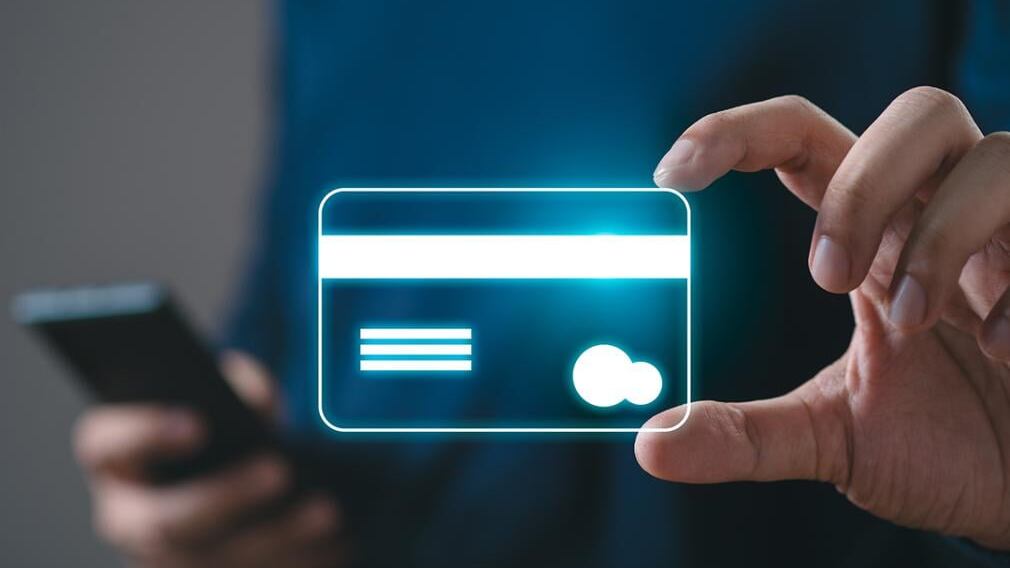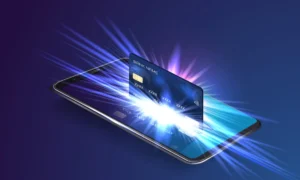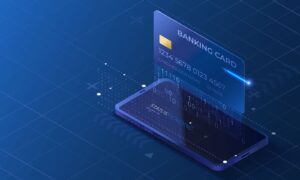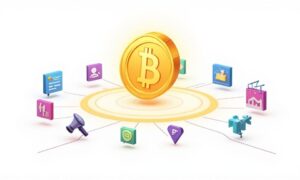Physical debit and credit cards have been the norm in the past decades when it comes to payment processes. However, in the era of smartphones and personal computers, virtual cards are shaking the paradigm of how we conduct our payments, making them safer, instantly issuable, and exceedingly convenient. The introduction of the wallet to cloud changes is the key transition in the management and security of our finances.
The Era of Physical Cards
The 20th century saw the revolution of payments when physical cards became an alternative to the use of cash and checks, turning out to be a more convenient and portable way of payment. They allowed:
- Fast face-to-face buying at shops and ATMs
- Acceptance of payments internationally on a network of cards such as Visa and Mastercard
- Greater availability of consumer credit
Physical cards, though, have drawbacks:
- Exposure to the threat of theft or loss
- Vulnerability to a skimming device
- Publication of static card numbers in online purchases
- Weeks and days of waiting for the replacements
The Rise of Virtual Cards
A virtual card refers to a payment card created in digital form and is solely an online aspect. It has an individual card number, CVV, and expiration date, just the same as a real-life card, and has better control and security.
Using platforms such as OnlineCheckWriter, virtual cards allow you to generate a brand new card within minutes, with each customized to the task, and paired with full control through the use of your phone or your computer.
Key Differences Between Physical and Virtual Cards
1. Instant Issuance
Physical cards must be printed and mailed. Creation of a virtual card takes only a few seconds.
2. Enhanced Security
The physical cards will also have your main account number shared all around. Virtual cards employ excess numbers that can be limited to only specific retailers, consumer spending cap, and even individual payments..
3. Convenience Across Borders
Waiting on the mail is over-ideal when a remote team is involved, working with international teams, a nd online shopping.
4. Lower Replacement Hassle
Forget a physical card, and you have to wait to get another one. On virtual cards, you can re-issue and cancel immediately.
Driving Factors Behind the Shift
1. Growth of E-Commerce
The requirement for secure and digital payment mediums has gone through the roof with the increasing number of transactions being made online.
2. Fraud Awareness
Cyber threats are becoming more known to consumers and businesses, making virtual cards an insightful protection.
3. Subscription Management
Virtual cards enable you to get control of recurring payments accurately -stop or restart at any moment.
4. Remote Work & Digital Business Models
Virtual cards allow easy financial transactions without any requirement to physically distribute the cards.
What the Future Holds?
The leaders in the industry suggest that using virtual cards will even become the mainstream mode of payment in online and even offline purchases (through mobile wallets). Physical cards will not be gone in a day; their presence will diminish, and companies implementing cloud-based solutions will take centre stage.
Final Thoughts
Far beyond a payment method change, the wallet-to-cloud transition represents a paradigm shift in how we conceptualize security, accessibility, and control concerning our monetary assets. Virtual Card lets you go to the future today, instantly creating secure, customizable cards, and going to the store instead of waiting for a plastic card to come in the mail.



































